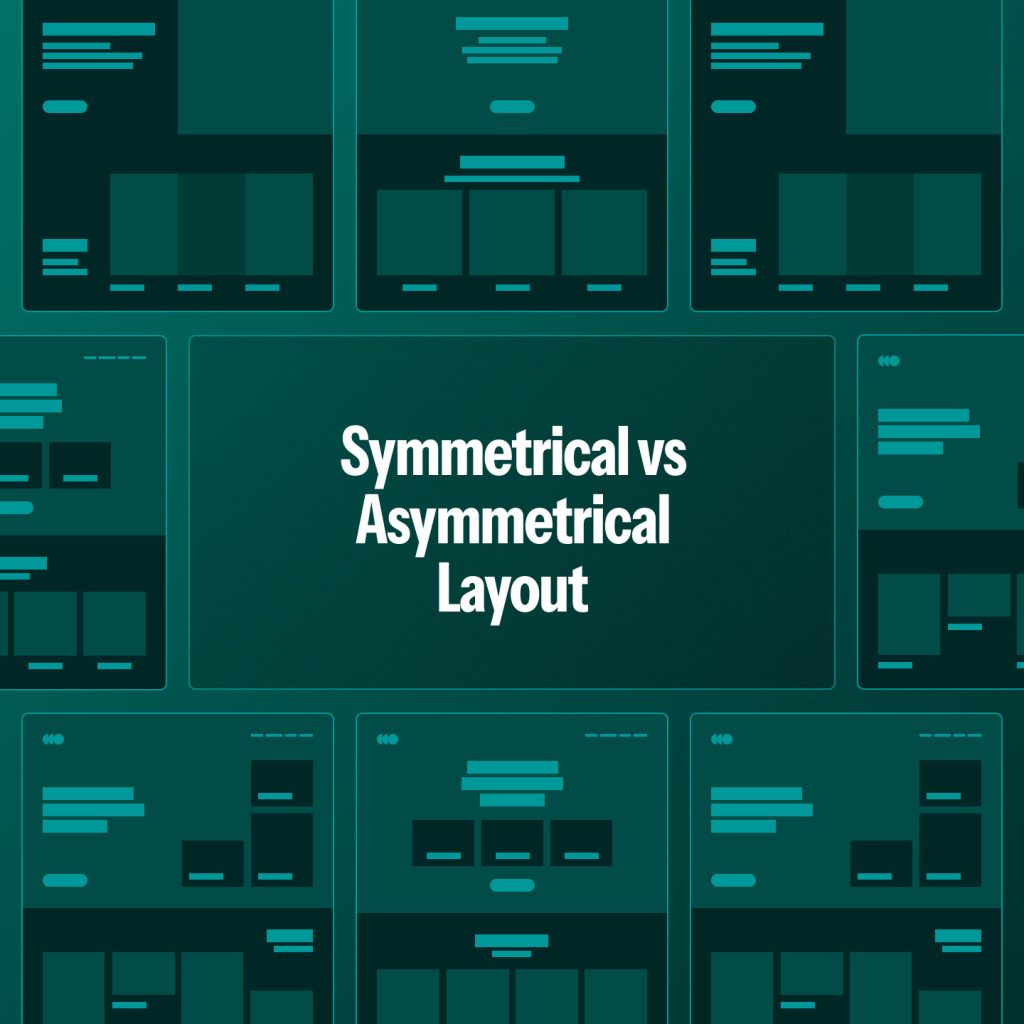In web design, typography is essential to communicate effectively with the audience. Custom fonts are an excellent way to make a website stand out and express a brand’s personality. With the use of custom fonts, designers can create unique and compelling designs that convey the desired message to the target audience. In this article, we’ll explore the importance of custom fonts in web design and the benefits they offer. We’ll also discuss how to choose and use custom fonts to enhance a website’s aesthetic appeal.
Understanding Custom Fonts
Custom fonts refer to typefaces that are created specifically for a brand or website. These fonts are unique, and they can’t be found in standard font libraries like Arial, Times New Roman, or Helvetica. The primary advantage of custom fonts is that they can help establish a brand’s visual identity and make a website look more professional and polished. Custom fonts can also improve a website’s readability and legibility, as they are designed to complement the brand’s style and message.
Benefits of Custom Fonts in Web Design
Custom fonts offer several benefits that can enhance a website’s design and overall user experience. Here are some of the key advantages of using custom fonts in web design:
Establishes Brand Identity
Custom fonts can help establish a brand’s visual identity by making the website look unique and recognizable. By using custom fonts, a brand can differentiate itself from competitors and create a lasting impression on the audience.
Improves Readability and Legibility
Custom fonts are designed to improve readability and legibility, making it easier for users to read and understand the content. This is particularly important for websites that publish a lot of text, as custom fonts can enhance the overall user experience by making the content more engaging and accessible.
Enhances Aesthetic Appeal
Custom fonts can enhance a website’s aesthetic appeal and make it look more professional and polished. With the right custom font, a website can convey a sense of sophistication and elegance, which can help attract and retain users.
Supports Brand Message
Custom fonts can also support a brand’s message by conveying the right tone and emotion. For example, a bold and modern font can make a website look more dynamic and energetic, while a classic and elegant font can create a sense of luxury and sophistication.
Choosing the Right Custom Font
Choosing the right custom font is essential to ensure it aligns with the brand’s personality and style. Here are some factors to consider when selecting a custom font:
Brand Personality
The custom font should align with the brand’s personality and values. For example, a tech company may opt for a modern and sleek font, while a luxury brand may prefer a classic and elegant font.
Readability and Legibility
The custom font should be easy to read and legible, particularly for websites that publish a lot of text. It should also be compatible with different screen sizes and resolutions.
Versatility
The custom font should be versatile and adaptable to different contexts and situations. For example, it should be suitable for use in headlines, body text, and captions.
Compatibility
The custom font should be compatible with different browsers and devices to ensure it displays correctly across different platforms.
Using Custom Fonts in Web Design
Here are some best practices for using custom fonts in web design:
Limit the Number of Fonts
It’s best to limit the number of custom fonts used on a website to maintain a consistent visual identity. Typically, using two or three custom fonts is enough to create a cohesive and polished look.
Use Fonts with Contrasting Styles
Using custom fonts with contrasting styles can help create a visual hierarchy and improve the overall readability of the website. For example, pairing a bold and modern font with a thin and elegant font can create an interesting contrast
Use Appropriate Font Sizes
Using appropriate font sizes is essential for ensuring readability and accessibility. The font size should be large enough to read comfortably, particularly on mobile devices. It’s also important to use different font sizes for headlines, body text, and captions to create a visual hierarchy.
Optimize Font Loading
Loading custom fonts can impact a website’s performance and load time. To optimize font loading, it’s best to use web font services like Google Fonts or Typekit, which provide fast and reliable font hosting. It’s also recommended to use font display to control how fonts are displayed on the website.
Test and Iterate
Testing and iterating are critical for ensuring that custom fonts work well on different browsers and devices. It’s best to test the website on different platforms and devices to ensure the fonts display correctly. If there are issues, it’s important to iterate and make adjustments until the fonts work as intended.
Conclusion
Custom fonts are an excellent way to enhance a website’s design and express a brand’s personality. They offer several benefits, including establishing a brand identity, improving readability and legibility, enhancing aesthetic appeal, and supporting brand messages. To choose and use custom fonts effectively, it’s important to consider factors like brand personality, readability, legibility, versatility, and compatibility.
By following best practices like limiting the number of fonts, using fonts with contrasting styles, using appropriate font sizes, optimizing font loading, and testing and iterating, designers can unlock the potential of unique typography and create compelling and engaging websites.


